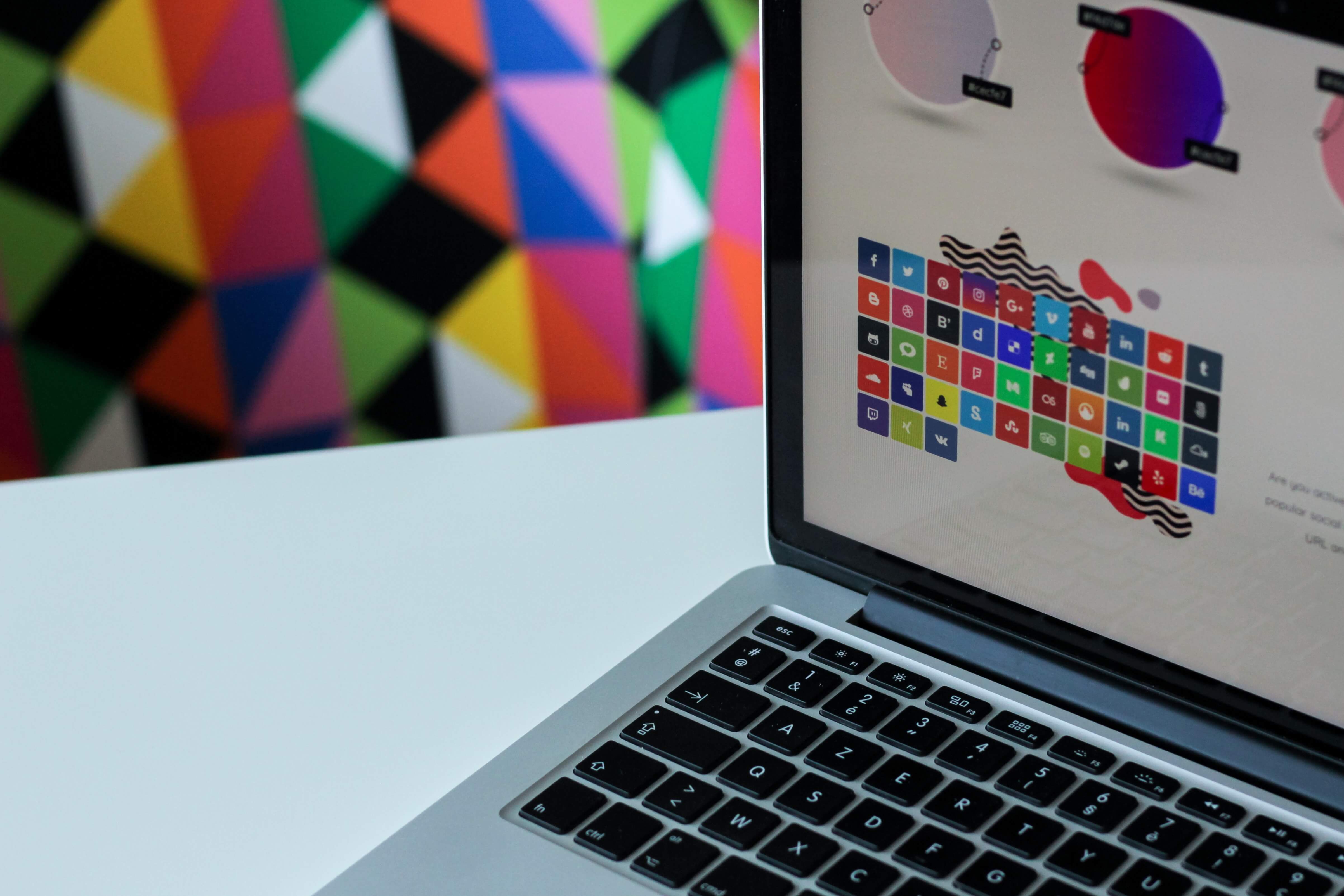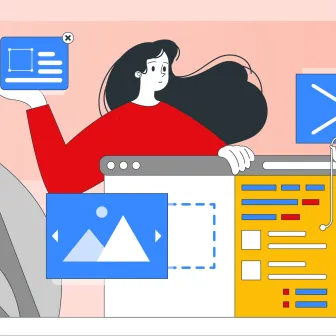Today, design is the USP of change. User experience has captured the market space by a greater margin. It demands and reeks of quality over quantity. A compelling and moving design can make a huge difference in the message a brand wants to convey.
However, this puts a lot of load and control on the designers of GenX. Apart from the upside that the career in UX is offering, there are some obvious downsides too.
In this blog, we will address those not-so-good parts and try to find a solution!

Enterprise User Experience Or User Experience
As we mentioned, user experience is a tricky place to be. You can only possibly do guesswork on what the end user might be seeking. Thus, user experience is catering to their requirements with the closest possible personas.
Then, what is Enterprise User Experience?
Not always do we have the end user as our client. Some enterprises want to product the UX from you for things like designing an inventory tracking software, intranet sites and more. Thus, enterprise user experience is when products are designed for the ease of management of a company.
This poses more challenges for the designers as there are restrictions over the success of the product. Enterprise user experience adds more pressure in terms of cost of production and influence on the team working on the design.
Challenges For You
#1 Too Many Tweaks
The highest of complaints from a designer’s desk is always about the number of iterations or changes that clients seek. And getting edit requests after a long process and several hours of implementing the initial requirements is truly frustrating.
Well, we hear you! Is what automation is saying to the designers. In order to save your time and get you out of the mundane tasks of smallest of edits, machine learning is trying to support the design automation processes.
My Solution
Abode is coming up with a software that can automatically adjust the basics like colors, graphics, and sizes for the webpages without human intervention. It will definitely save up manual hours of the designers by eliminating the time-consuming tasks.
#2 Research Time & Budget Constraints
Time is a big factor to check in when taking up a new project. From the research work to estimating the changes, it can be difficult for designers to put a number on it. For a UX designer, research is the key element of the project at hand. It helps in eliminating the assumptions and making sure that the real user is getting addressed.
However, budget cuts are also a reality check that plays a vital role. It is not easy to convince your superiors for the time and money that research demands. With limited budgets and time to deliver, what can be the solution?
My Solution
Well, this issue is a common sentiment that goes around the designers club. There are few tricks for executing effective research on a budget. Start with streamlining the process and gathering resources from wherever possible. Remember, some research is better than none.
#3 Users As Priority
The design doesn’t directly get to the end user. It goes through a chain of buyers and users first. So, how do we know if the product will be accessible to the end users? As we know that the product is bought and implemented by an enterprise first, we can try some hit and trial ideas to start with. However, it doesn’t address the main concerns yet.
My Solution
The decade old method of isolating the designer and not involving them in the complete delivery of the product is outdated now. It’s time to get some inclusivity in the process and ensure that everyone takes part in it. Making sure that everyone is heard and the core product team is able to bring out a collaborative product at the end.
#4 A/B Testing Inaccuracies
While A/B testing is often a designer’s go-to strategy for comparing ideas and designs, it is quite limited and woefully inaccurate. In fact, reports have found that 8 out of 10 A/B tests deliver inaccurate results. Since many systems can only compare two variants at a time, there may not always be a clear winner between the subjects. Plus, there is always a chance that neither of these options is the best, and it could take months before enough A/B testing combinations are run to find the one that should be implemented.
My Solution
Machine learning has become the superpower of technology in no time. From faster processes to precise results, AI holds the capability of churning more than two elements at a time. Thus, we can compare the data and analyze results in real-time with no delays. This gives designers an agile feedback cycle to work on and more accurate results on their product.
#5 Language Barriers
No, the designers don’t speak Hebrew.
The language barrier here means that the intuitive decisions undertaken by designers can be misinterpreted by the clients. The business implications are difficult to explain and it takes some time for the designers to get comfortable with the project and its nitty-gritty.
My Solutions
Many suggest having team-building activities that can break the barriers and get them talking. However, let’s go beyond those confined hours.
Try to build a rapport with your colleagues during lunch hours or coffee breaks. People are generally intrigued by the designer’s work, you might be able to express better in self-flowing conversations.
Secondly, understand the importance of business-savvy designs. Try to rationalize between the thought that designing as an art and the message that needs to be conveyed from the business’s end. Minimalistic layouts and bold expressions are what emphasizes the copy and call-to-action for the users.
#6 Features Over Experiences
Experience is an intangible entity. You can count the number of features a design can contain but not the experience. Thus, the delivery of the product to the end user remains in ambiguity.
Designers feel the lack of possibly being encouraged for the experience their design could provide. They cannot measure the level of experience that the design served to the user.
My Solutions
Focus on experience-centric design and encourage your team to simplify the experience they want to create for the user.
Deconstruct the superficial idea of design and imply techniques that can solve real problems. Get in touch with the real world and find the route of the problems and it will lead to solutions. Knowing and observing your product in the real world can help you understand adequately about the gaps and the probable explications that can be undertaken.
Check out this guide that contains an awful lot of tips for improving user experience.
Conclusion
Trying to bridge the differences between the clients and the end user, designers do have a tough call to make. The ultimate goal is to demystify the design process and carve your path to the success of your visual art. This problem-solving discipline demands skills and responsibilities.
What's your take on adopting Cloud-native DevOps? Share your views with us by commenting below or write to us at [email protected].
Do not forget to follow us on Facebook, Twitter, and LinkedIn!
Subscribe
Related Blogs
UX Best Practices for Website Integrations

Website Integrations determine whether users stay engaged or abandon a site. I experienced this firsthand with a delivery…
How design thinking acts as a problem solving strategy?

The concept of design thinking is gaining popularity these days since people across different industries are using it as a…
10 major challenges that come across during an agile transformation

It’s no longer a mystery that agile was created as a response to the various concerns that the traditional waterfall…




